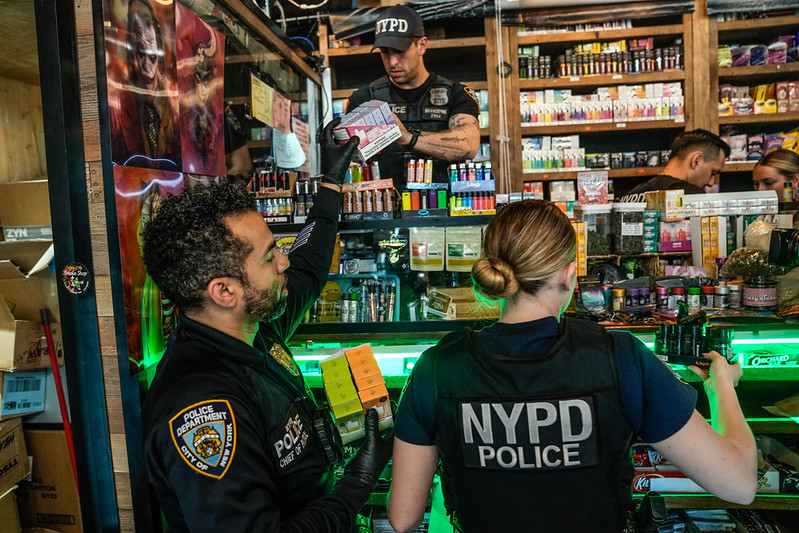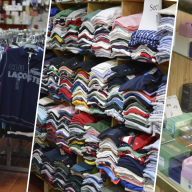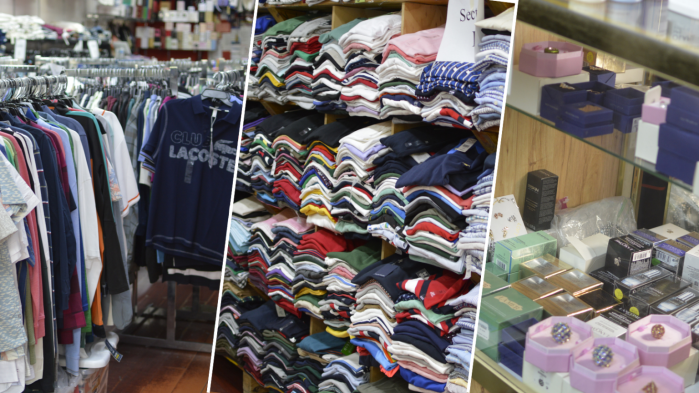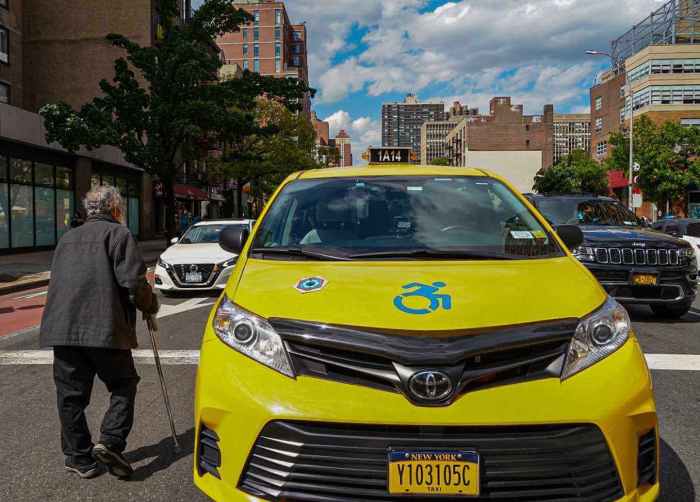By Jeremy Walsh
The production and consumption of art have long been an international undertaking, but multiculturalism may ignore the conflict or rawness of the immigrant's perspective. The Queens Museum of Art, located in the most diverse community in the nation, set out to remedy this during the city's fifth annual Immigrant Heritage Week with a series of special presentations.
The programs included “ICED,” a computer game putting the player in the shoes of an immigrant, an Andean folklore demonstration and the screening of a number of digital shorts produced by newcomers.
The digital storytelling festival included shorts from the Brooklyn-based nonprofit Dare to Dream, which gave immigrant students video equipment and encouraged them to document their own lives.
According to Dare to Dream founder Joel Mejia, several of the youth do not have legal immigration status, but grew up in the United States speaking English and attending public schools.
“They're in limbo basically,” he said.
The screenings Saturday began with a performance piece by Long Island City photographer Sol Aramendi, who methodically ironed her clothing while a video interview of her Argentinian grandmother played in the background. The ironing, she said, was a tribute to her grandmother's fastidiousness.
The videos were dominated by “Digital Storytelling by New New Yorkers,” a collection made by Queens immigrants who were given digital cameras by the museum to create pieces about their own lives.
One, “Coats” by Anna, a Chinese immigrant from Flushing, described the process of building her new life in terms of the array of coats she bought to deal with the colder climate in New York. After carefully describing the material and importance of each garment, she closed the piece with thoughts of her more rural homeland.
“The city is noisy and dirty, but at least I can wear my coats,” she says in the video.
Another piece was “Carritos,” a 12-minute exploration of the street food vendors sell in Jackson Heights, Elmhurst and Corona. Filmed by Jackson Heights-based artist Hector Canonge, the video features interviews with vendors from Mexico, Colombia and Ecuador.
Some were happy for the chance to work.
“I thank God and the city of New York that I won the Green Card lottery,” one Colombian vendor says in the video.
But others dreamed of returning to their native land.
“There's no life here,” an Ecuadorian vendor says in the piece. “You don't have peace of mind whether you have money or not.”
The immigrants who were new to making videos said they were excited at the opportunity to show their work.
Julissa Jara, whose video short describes how her childhood love of bolero music led to the discovery that she had been adopted after her bolero-singing mother died, said the cost of making such a video would be prohibitive in her native Peru.
“I'm having my five minutes of being an artist,” the Jackson Heights resident said.
But Aramendi, an Argentinian immigrant, pointed out that the freedom and opportunities are not available to all immigrants.
“I think most of us are privileged with education and legal status,” she said. “Others aren't doing so well.”
Reach reporter Jeremy Walsh by e-mail at jwalsh@timesledger.com or by phone at 718-229-0300, Ext. 154.




























